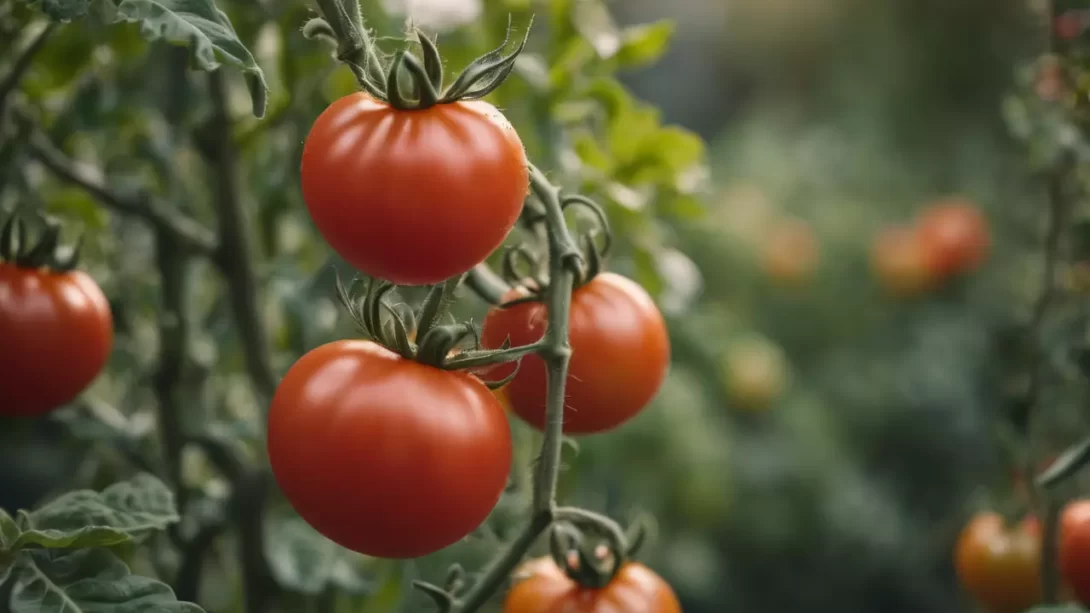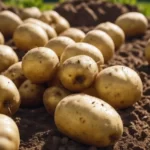In Pennsylvania, tomatoes are a staple in many home gardens, renowned for their rich flavor and versatility. The success of growing tomatoes in this region largely depends on planting them at the right time. This guide aims to help Pennsylvania gardeners find the optimal planting schedule for tomatoes, taking into account the state’s unique climate conditions.
Pennsylvania’s Climate and Growing Zones
Pennsylvania’s climate ranges from humid continental in the north to humid subtropical in the south. This variability affects the growing season and, consequently, the planting and harvesting times for tomatoes. The state is divided into several USDA hardiness zones, from 5a in the northern regions to 7b in the southeastern areas. Understanding your specific hardiness zone is crucial for timing your tomato planting to align with favorable weather conditions.
Optimal Planting Times for Tomatoes in Pennsylvania
The best time to plant tomatoes in Pennsylvania is typically after the last frost date in spring. Generally, this means planting can begin from late April to mid-May, depending on the specific region of the state.
In the warmer southern parts of Pennsylvania, gardeners might be able to start planting in late April. However, in the northern and more elevated areas, where colder temperatures linger longer, it’s safer to wait until mid-May.
For those looking to extend the growing season, starting tomato seeds indoors is a popular option. Begin sowing seeds indoors about 6 to 8 weeks before the expected last frost date. This head start can lead to earlier fruiting and potentially extend the harvest period.
Choosing the Right Tomato Varieties
Selecting appropriate tomato varieties is essential for gardening success in Pennsylvania. The state’s climate supports a diverse range of tomatoes, including heirloom and hybrid varieties. Consider the growth habit when selecting: determinate varieties, such as ‘Roma’ and ‘Bush Early Girl’, grow to a fixed size and produce fruit over a short period, which is ideal for canning. Indeterminate varieties, like ‘Brandywine’ and ‘Beefsteak’, continue growing and producing fruit throughout the season, suitable for fresh eating.
In addition to growth habits, consider disease resistance, particularly to common issues like blight and wilt. Varieties with built-in resistance can make maintenance easier and improve the chances of a bountiful harvest.
Preparing the Soil and Selecting a Planting Site
Tomatoes thrive in well-drained, fertile soil with a pH between 6.0 and 6.8. Enrich your garden bed with compost or aged manure to improve soil fertility and structure before planting. Conducting a soil test can offer insights into any specific needs for soil amendments.
Choose a location that receives full sun, as tomatoes need at least six to eight hours of direct sunlight per day. Good air circulation and a site not prone to standing water are also important, as tomatoes are susceptible to diseases in overly wet conditions.
Planting Techniques for Tomatoes
When planting tomatoes in Pennsylvania, proper technique is crucial for healthy growth. If starting with seedlings, harden them off by gradually exposing them to outdoor conditions over a week to reduce transplant shock.
Plant tomatoes deeper than they were in their pots, as this encourages stronger root systems. Space the plants about 24 to 36 inches apart in rows that are spaced 3 to 4 feet apart. This spacing allows for adequate air circulation and room for growth.
Staking or caging tomatoes is recommended, especially for indeterminate varieties. This supports the plants as they grow, improves air circulation, and makes harvesting easier. Install stakes or cages at the time of planting to avoid disturbing the roots later.
Care and Maintenance of Tomato Plants
Proper care and maintenance are vital for healthy tomato plants in Pennsylvania. Regular watering is key, especially as the fruits develop. Tomatoes prefer consistent moisture, so aim for about 1 to 2 inches of water per week, depending on weather conditions. Water at the base of the plant to avoid wetting the foliage, which can lead to disease. Mulching around the plants can help retain soil moisture, suppress weeds, and maintain an even soil temperature.
Fertilization is another important aspect of tomato care. A balanced fertilizer applied at planting and lightly every 4 to 6 weeks during the growing season can promote healthy growth and fruiting. Be cautious with nitrogen-rich fertilizers, as they can promote excessive leaf growth at the expense of fruit.
Pruning is beneficial for indeterminate tomato varieties. Removing suckers (the shoots that grow in the axils of the leaves) can help direct the plant’s energy into producing larger and healthier fruits. However, pruning determinate varieties is not recommended as it can reduce the yield.
Pests such as hornworms and diseases like blight and blossom-end rot are common challenges in Pennsylvania. Regular inspection and timely intervention with appropriate organic or chemical treatments can help manage these issues. Crop rotation and good sanitation practices can also help prevent many of these problems.
Harvesting and Storing Tomatoes
Tomatoes in Pennsylvania typically begin to ripen by mid to late summer. Harvest tomatoes when they have reached their full color and are slightly firm to the touch. Gently twist the fruit off the vine or use a sharp knife to cut it.
Freshly harvested tomatoes are best enjoyed soon after picking. They can be stored at room temperature for several days. Avoid refrigerating tomatoes, as this can diminish their flavor and texture. For longer storage, consider canning, drying, or freezing your tomatoes.
Conclusion
Growing tomatoes in Pennsylvania can be a rewarding experience for gardeners of all skill levels. By understanding the appropriate planting times, selecting suitable varieties, and providing proper care throughout the growing season, you can enjoy a successful harvest of delicious tomatoes. Whether eaten fresh, used in recipes, or preserved for later use, homegrown tomatoes offer a world of culinary possibilities and add vibrant flavor to any Pennsylvania garden.



